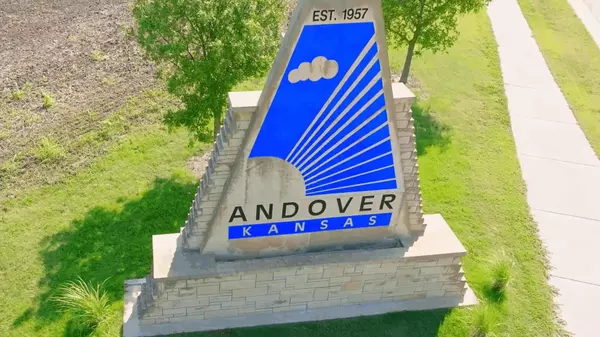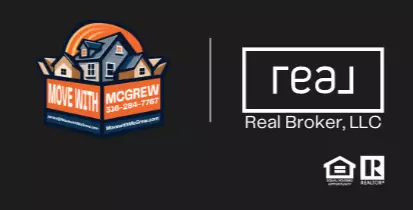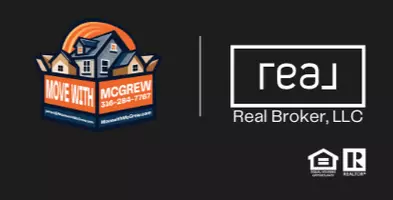Your Guide to Making an Offer on Your First Home: Key Details Every First-Time Buyer Should Know

What’s Included in an Offer?
When you make an offer, you’re not just stating how much you’re willing to pay. Your offer serves as a blueprint for the entire transaction. Here’s what it typically includes:
1. Purchase Price
This is the amount you’re offering to pay for the home.
2. Loan Type and Down Payment
Your loan type (e.g., FHA, VA, or conventional) and your down payment amount should be specified. These details show the seller your financial preparedness.
3. Closing Costs
Closing costs include fees for services like title searches, loan origination, and attorney fees. You can negotiate who pays these—either the buyer or the seller.
4. Buyer Agent Commission
Clearly state whether the buyer or the seller will cover the buyer’s agent commission.
5. Home Warranty
Including a home warranty in the offer can provide extra peace of mind for both parties. A home warranty outlines:
- The Company: Specify which home warranty provider will be used (e.g., American Home Shield, First American, etc.).
- The Plan: Detail the plan type (e.g., basic, premium, or a custom plan).
- The Cost: Typically ranges from $300–$600, depending on coverage. **confirm before agreeing**
- Who Pays for It: Indicate whether the buyer or seller will cover this cost.
6. Closing Date and Possession Date
The closing date is when the deal is finalized, while the possession date specifies when you can move in.
7. Inclusions
Your offer will list what stays with the home, such as appliances, blinds, or outdoor equipment.
8. Any Current Leases
If either party is under a lease, this should be noted. For sellers, this might involve tenants living in the home being sold. For buyers, your current lease and its end date can affect the timeline.
9. Inspection Period
The inspection period is the agreed-upon timeframe for you to conduct inspections on the home. It’s essential to include this in your offer.
10. Known Issues and Disclosures
Any known issues with the home should be disclosed through supporting documents. Examples include:
- Floodplain designation
- Groundwater contamination
- Lead-based paint
- Seller account of what's working in the home and any known issues in/out of the home.
- Structural concerns
Key Costs to Remember
Buying a home comes with more than just the purchase price. Here are some additional costs to budget for:
1. Earnest Money 💰
Earnest money is a good-faith deposit that shows the seller you’re serious. This is often 1-3% of the purchase price but can sometimes be as low as $500–$1,000.
2. Home Inspection 🔍
A home inspection helps uncover potential issues. The cost varies based on factors like the home’s age, size, and inspections needed. These might include:
- Termite inspection
- Sewer scope
- Mold testing
- Radon testing
- Well or septic system inspection
Tip: Always inquire about costs upfront to avoid surprises.
3. Home Appraisal 📈
An appraisal ensures the home’s value matches the loan amount. Expect to pay $500–$800 for this service.
How the Contract Guides the Process
The offer evolves into a legally binding contract once accepted. It outlines key details, including:
- Earnest Money Timeline: When your earnest money needs to be deposited.
- Inspection Period Details: How long you have to complete inspections and submit repair requests.
- Disclosures: Any known issues or legal obligations related to the property.
The contract helps ensure all parties know what to expect and keeps the transaction on track.
Stay Realistic
When making an offer, remember there’s another person on the other side of the deal. While it’s important to protect your interests, flexibility and fairness can make a big difference.
- Do Your Research: Check the home’s market value and comparable sales in the area.
- Be Ready to Compromise: Small adjustments, like agreeing to a slightly different possession date, can help seal the deal.
- Focus on Win-Win Situations: Instead of a personal letter, find terms that benefit both you and the seller.
Tips for a Strong Offer
1. Submit a Pre-Approval Letter
Include a pre-approval letter with your offer to show you’re financially ready to buy.
2. Highlight Fair Terms
Keep contingencies reasonable while ensuring you’re protected (e.g., inspection or financing contingencies).
3. Be Flexible
Accommodating the seller’s needs, like adjusting timelines, can make your offer more appealing.
Final Thoughts
Making an offer is a big step in your homebuying journey. By understanding the details involved and working closely with your agent, you can make a confident and competitive offer.
If you’re ready to start your homebuying journey or have questions about making an offer, reach out today. With the right guidance, your first home can be just around the corner!
Written by:
James McGrew Jr, REALTOR® – Real Broker, LLC
📍 James McGrew Jr Real Estate Agent – Real Broker, LLCProudly serving Wichita, Andover, Derby, Maize, and the surrounding areas since 2019.
James helps buyers and sellers navigate Wichita’s real estate market with confidence through his Wichita Home Buyer’s Blueprint and VIP Client Program — designed to simplify the process and provide lasting value.📞 316-284-7767
📧 James@MoveWithMcGrew.com
🌐 MoveWithMcGrew.com
Categories
Recent Posts











"My job is to find and attract mastery-based agents to the office, protect the culture, and make sure everyone is happy! "
